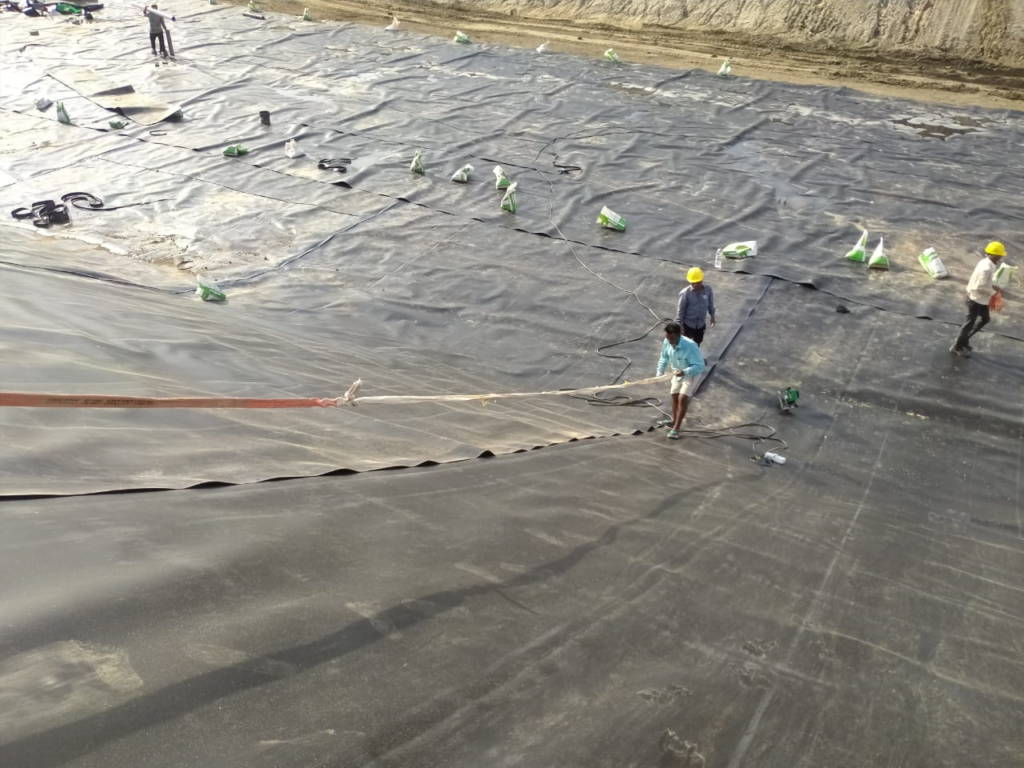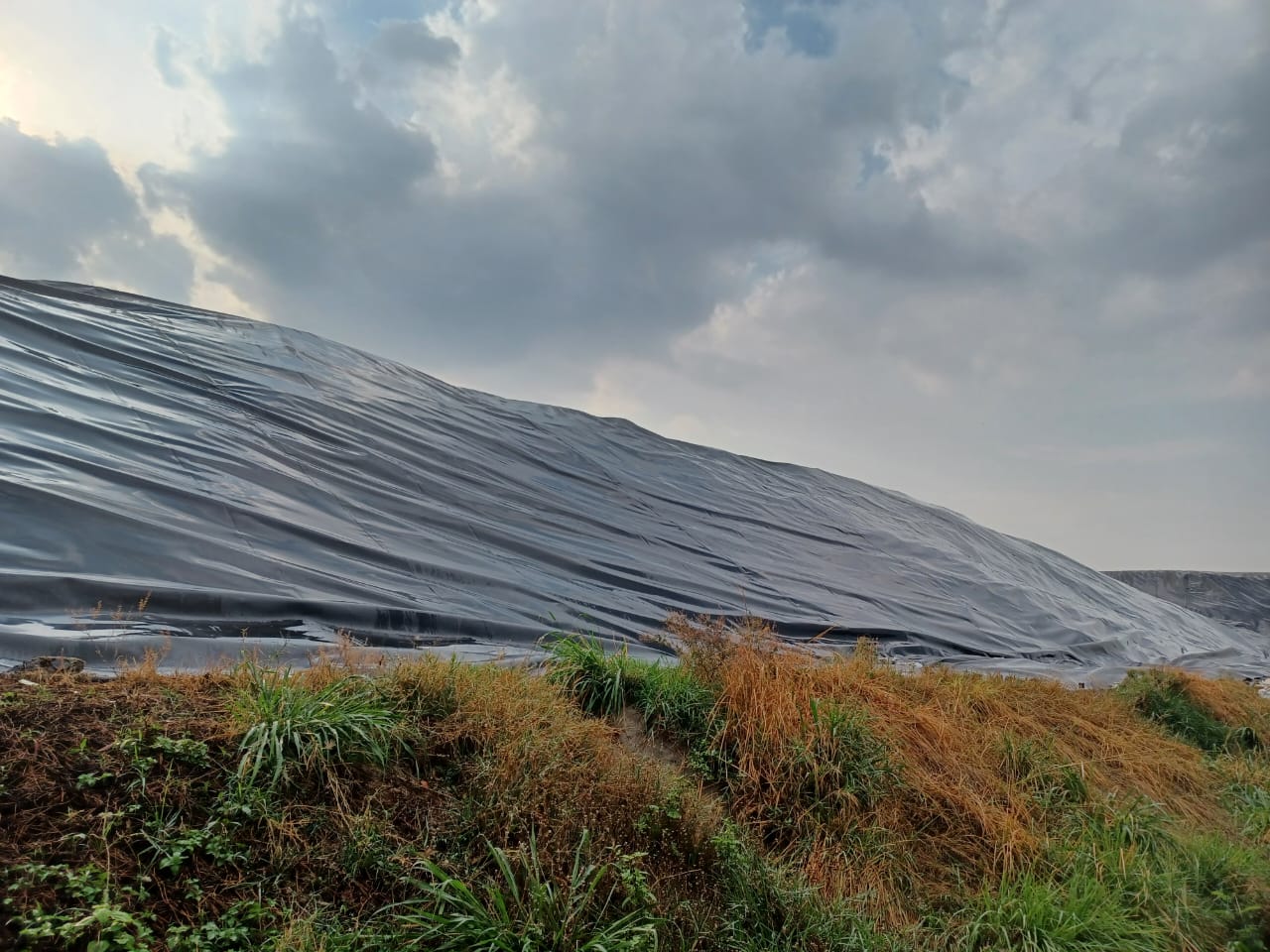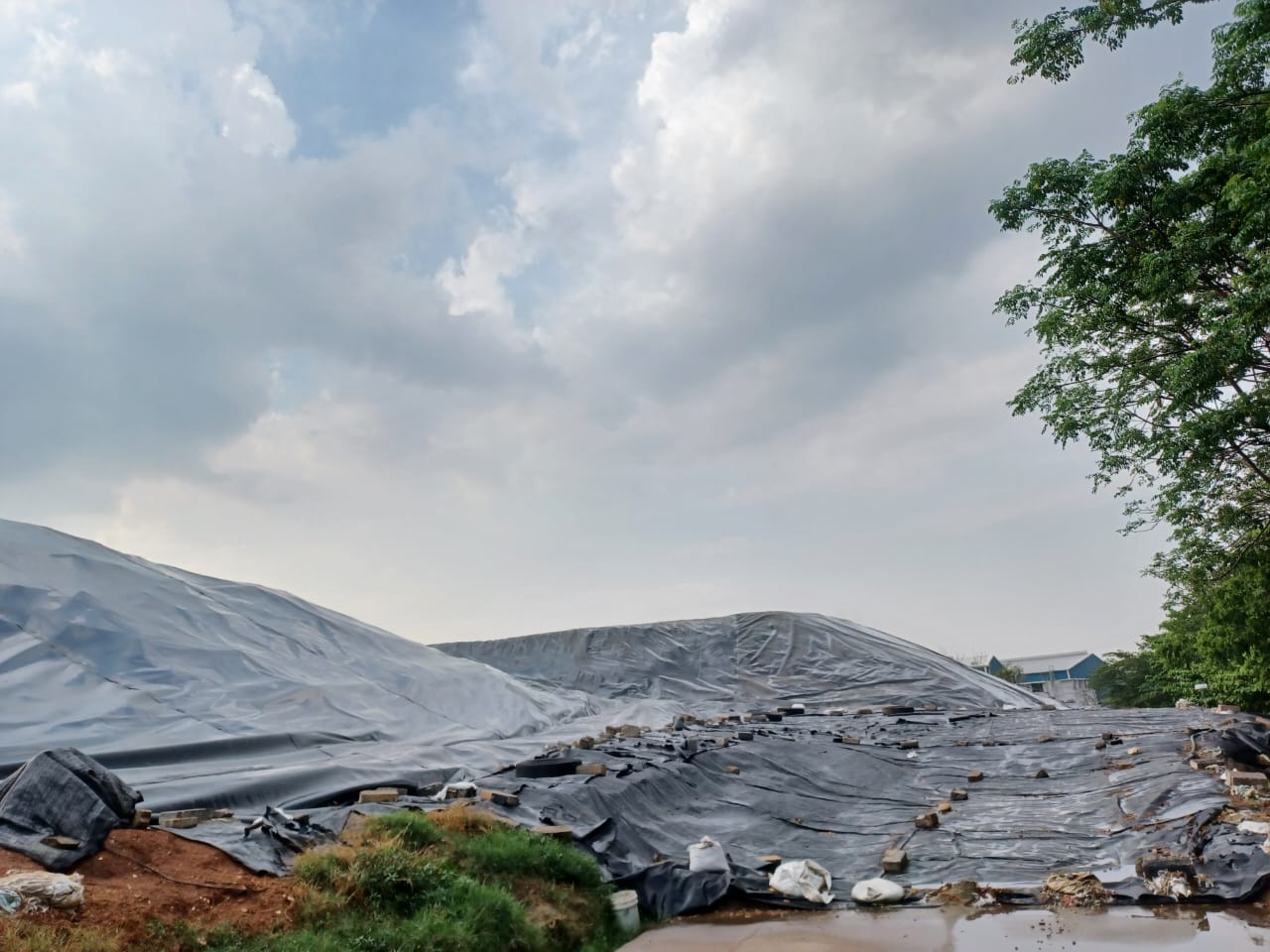- Kengeri, Bengaluru - 560074
- info@motherearthenviron.com
Hazardous Waste
Hazardous waste is a waste with properties that make it dangerous or capable of having a harmful effect on human health or the environment. Hazardous waste is generated from many sources, ranging from industrial manufacturing process wastes to batteries and may come in many forms, including liquids, solids gases, and sludges.
EPA developed a regulatory definition and process that identifies specific substances known to be hazardous and provides objective criteria for including other materials in the regulated hazardous waste universe.


Benefits of TSDF
- Hazardous waste reuse and recycling can avoid environmental hazards
- Protects scarce natural resources.
- Provides economic benefits.
- Reduces the nation’s reliance on raw materials and energy.
Characteristics of hazardous waste
Hazardous wastes are classified on the basis of their biological, chemical, and physical properties. These properties generate materials that are either toxic, reactive, ignitable, corrosive, infectious, or radioactive.
Transportation of hazardous waste
Hazardous waste is generally transported by truck over public highways. Only a very small amount is transported by rail, and almost none is moved by air or inland waterway. Highway shipment is the most common because road vehicles can gain access to most industrial sites and approved TSDFs.
Treatment, storage, and disposal
Hazardous waste can be treated by chemical, thermal, biological, and physical methods. Chemical methods include ion exchange, precipitation, oxidation and reduction, and neutralization. Among thermal methods is high-temperature incineration, which not only can detoxify certain organic wastes but also can destroy them.
Conclusion
Hazardous waste management systems have major environmental, health and safety ramifications. From a business perspective, hazardous waste must be managed efficiently and effectively to limit those risks and avoid legal and financial implications. This requires a robust management system, including processes to test and designate hazardous waste, record outcomes and respond to incidents.

Gallery



